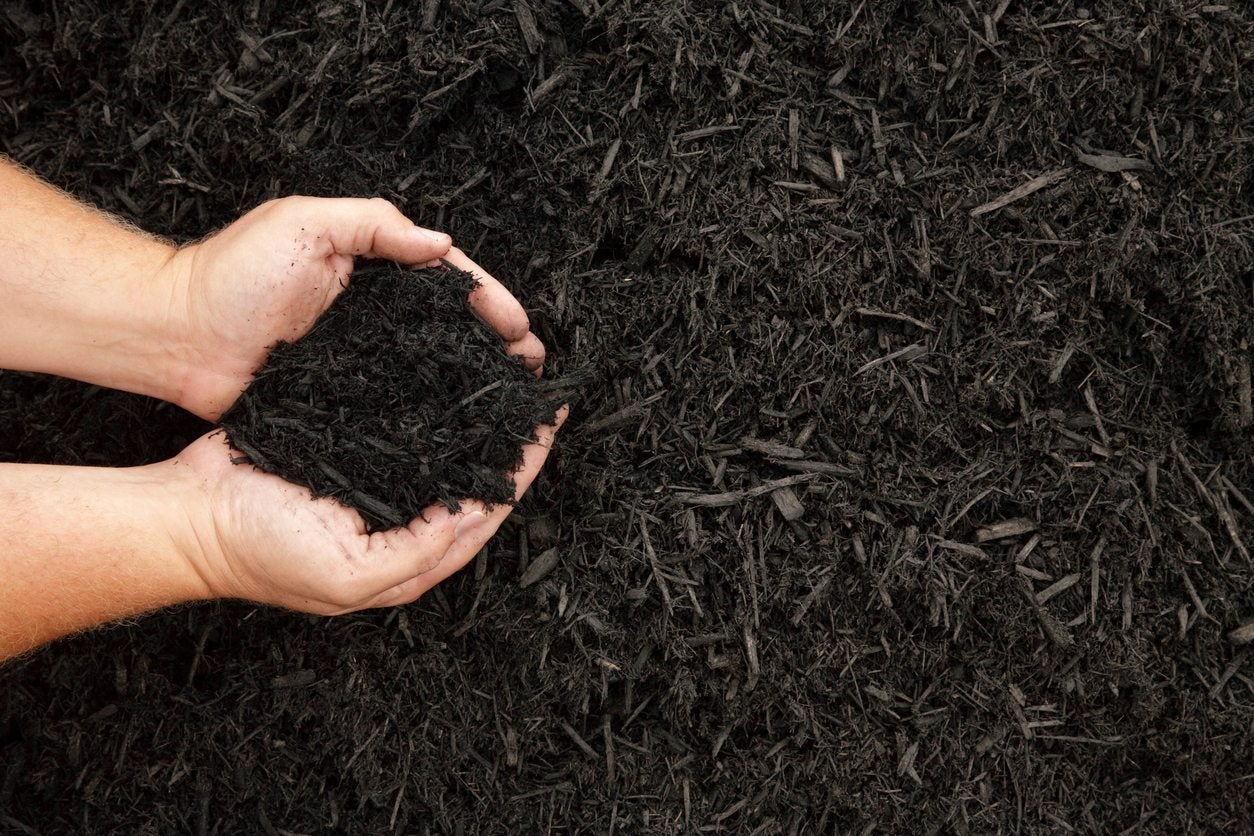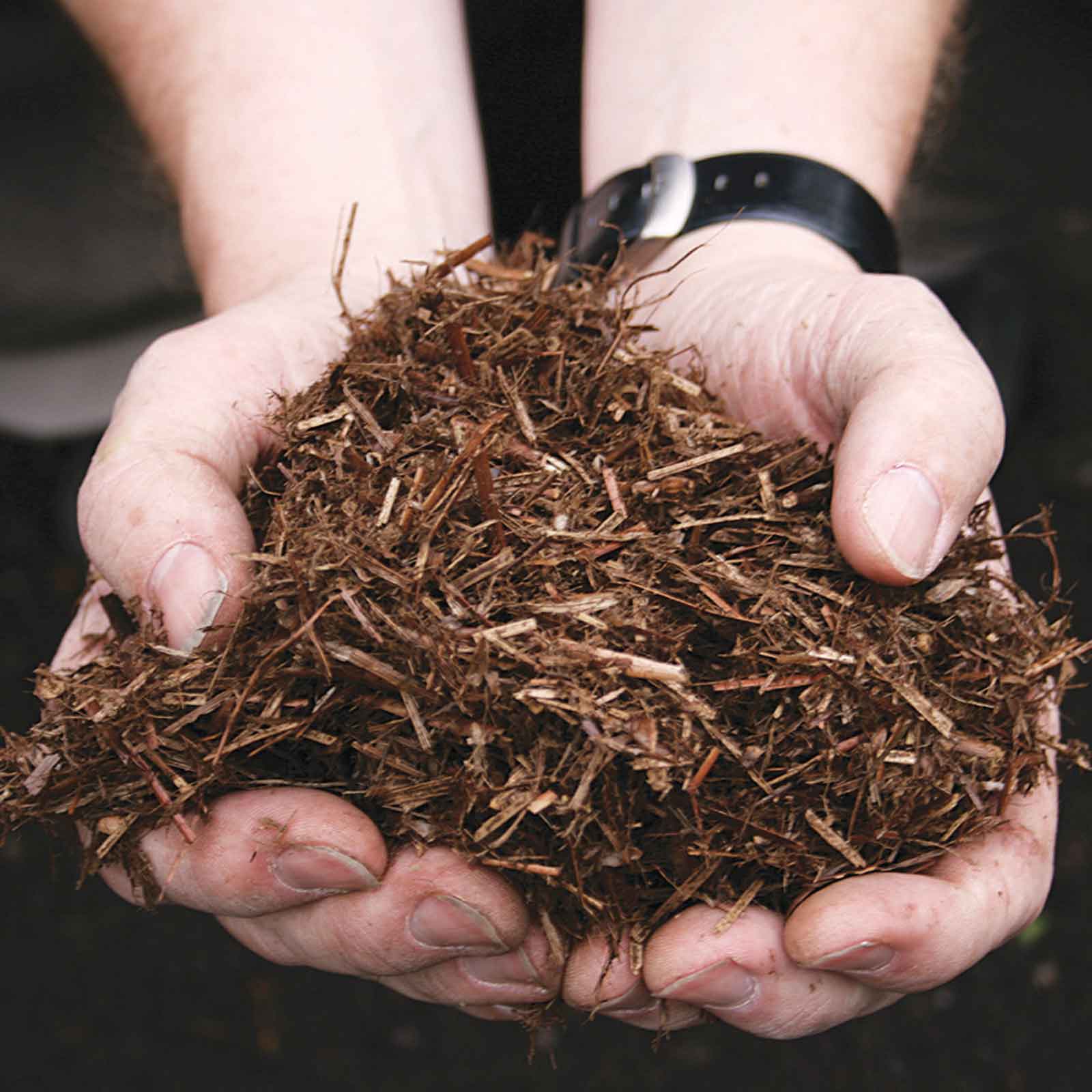How to Use Mulch in Vegetable Gardens: A Comprehensive Guide

Imagine a vegetable garden as a well-oiled machine. Every component, from the soil to the plants, plays a crucial role in its success. One often overlooked yet vital element is mulch. Think of mulch as the lubricant that keeps your garden running smoothly. It not only enhances the aesthetic appeal but also offers a myriad of benefits that can transform your vegetable garden into a thriving oasis. Let's dive into the world of mulch and explore how to use it effectively in your vegetable garden.
Understanding Mulch: The Basics
What is Mulch?
Mulch is any material spread over the soil surface to retain moisture, suppress weeds, regulate soil temperature, and improve soil health. It can be organic, such as wood chips, straw, or leaves, or inorganic, like plastic sheeting or landscape fabric.
Why Use Mulch in Vegetable Gardens?
Using mulch in vegetable gardens offers numerous benefits. It acts as a protective layer, shielding the soil from the harsh elements and promoting a healthier growing environment. Organic mulch, in particular, can significantly improve soil structure and fertility over time.
Types of Mulch: Organic vs. Inorganic
Organic Mulch
Organic mulch is derived from natural materials that decompose over time, enriching the soil with nutrients. Common types include:
- Wood Chips: Ideal for long-term mulching, wood chips break down slowly and are great for pathways.
- Straw: Lightweight and easy to spread, straw is excellent for vegetable gardens but avoid hay, which can contain weed seeds.
- Leaves: Shredded leaves make a fantastic mulch, especially for fall gardens.
- Grass Clippings: Fresh and free, grass clippings are rich in nitrogen but should be used sparingly to avoid matting.
Inorganic Mulch
Inorganic mulch does not decompose and is often used for its durability and aesthetic appeal. Examples include:
- Plastic Sheeting: Black plastic is commonly used to warm the soil and suppress weeds.
- Landscape Fabric: Permeable and durable, landscape fabric allows water and air to pass through while preventing weeds.
How to Apply Mulch in Your Vegetable Garden
Preparing the Soil
Before applying mulch, ensure your soil is well-prepared. Remove any weeds, till the soil if necessary, and add compost or other organic matter to improve soil fertility.
Choosing the Right Mulch
Selecting the right mulch depends on your garden's needs. For vegetable gardens, organic mulch is generally preferred due to its soil-improving properties.
Applying the Mulch
Spread a 2-3 inch layer of mulch evenly over the soil, taking care not to pile it against plant stems. This thickness provides adequate protection without suffocating the soil.
Mulching Benefits: A Closer Look
Soil Moisture Retention
Mulch acts as a barrier, reducing evaporation and helping the soil retain moisture. This is particularly beneficial during hot, dry periods.
Weed Suppression
By blocking sunlight, mulch prevents weed seeds from germinating, reducing the need for manual weeding.
Temperature Regulation
Mulch insulates the soil, keeping it cooler in summer and warmer in winter. This stable environment promotes healthier plant growth.
Soil Improvement
Organic mulch decomposes over time, adding valuable nutrients to the soil. This improves soil structure, fertility, and overall health.
Common Mistakes to Avoid
Over-Mulching
Too much mulch can suffocate the soil, preventing water and air from reaching plant roots. Stick to a 2-3 inch layer.
Using the Wrong Mulch
Some mulches, like fresh wood chips, can rob the soil of nitrogen as they decompose. Choose mulch that complements your garden's needs.
Neglecting Soil Preparation
Mulch is only as effective as the soil beneath it. Ensure your soil is well-prepared before applying mulch.
Conclusion: Embrace the Power of Mulch
Using mulch in vegetable gardens is more than just a cosmetic touch; it's a strategic move that can significantly enhance your garden's productivity and health. From retaining moisture to suppressing weeds and improving soil fertility, mulch offers a multitude of benefits that make it an indispensable tool for any gardener.
So, are you ready to transform your vegetable garden into a thriving oasis? Embrace the power of mulch and watch your garden flourish.
FAQs
1. What is the best type of mulch for vegetable gardens?
Organic mulch, such as straw, shredded leaves, or well-rotted compost, is generally the best for vegetable gardens. These materials decompose over time, enriching the soil with nutrients.
2. How often should I replace the mulch in my garden?
The frequency of replacing mulch depends on the type used. Organic mulch typically needs to be replaced annually, while inorganic mulch can last for several years.
3. Can I use fresh wood chips as mulch?
Fresh wood chips can rob the soil of nitrogen as they decompose, which can be detrimental to plants. It's best to use well-rotted wood chips or other organic materials.
4. How thick should the mulch layer be?
A 2-3 inch layer of mulch is generally sufficient to provide the benefits of moisture retention, weed suppression, and temperature regulation without suffocating the soil.
5. Can mulch attract pests?
Some types of mulch, like wood chips, can attract pests such as termites. To avoid this, choose mulch that is less likely to harbor pests, such as straw or shredded leaves.


By following these tips and understanding the benefits of mulch, you can create a healthier, more productive vegetable garden. Happy gardening!
0 Response to "How to Use Mulch in Vegetable Gardens: A Comprehensive Guide"
Post a Comment